What is our primary use case?
I use it for monitoring and capacity planning.
I work with the solution's dashboards to monitor capacity. There are many functions in the tool and I have worked with a lot of different kinds of data from vROps. It's a great tool to work with.
How has it helped my organization?
With vROps, we have had the opportunity to increase our capacity. After vROps was installed on our infrastructure, we were able to view the impact that VM lag could cause in our environment and how we could modify such impact. It has helped us increase performance.
vROps has helped to decrease overall downtime. For example, when we planned capacity for new infrastructure, vROps was used to analyze the new projects that we needed to deploy. In some of those cases, there were many VMs to deploy and we didn't know what impact those VMs might have on the infrastructure, in terms of CPUs and memory. vROps helped us understand the particular impact of the new VMs. It reduced overall downtime by about 30 percent.
Using the solution for capacity allocation and management has also helped us to save on hardware costs, by about 20 percent.
Overall, it's a good platform and it's important to us for maintaining our environment. The challenge in maintaining our environment is made much easier with vROps. The tool provides us with the ability to respond to the causes of problems with VMs or the environment and this is power in our hands. For us, it's a powerful tool when it comes to IT infrastructure.
What is most valuable?
The monitoring features are great. I have gotten great value out of the data collected by the tool. The monitoring provides us with the ability to respond to the causes of problems with VMs or the environment.
The capacity planning is also very good because it gives me an opportunity to make a reasonable plan for increasing my infrastructure. It fills important functions for both monitoring and capacity planning.
The visibility it provides from apps to infrastructure and across multiple clouds is also great because it's a tool that aggregates a lot of data, both on-premises and in the cloud. It aggregates everything in one tool, which helps you to analyze the performance and the capacity of the infrastructure.
We have integrated vROps with vRealize Log Insight as well. We generally use vRealize Log Insight to identify, through the logs, what is happening with the VM or the infrastructure. The integration with vROps means we can look deep into the cause of a problem. The tools work very well together. vRealize Log Insight provides us with many tools and many ways to solve our problems.
For how long have I used the solution?
I've been using VMware vRealize Operations for about five years. I have had the opportunity to work with vROps since version 6.57, and I have started working with version 8, which is the latest version. I have installed vROps for two companies.
What do I think about the stability of the solution?
It provides great stability, when you follow the recommendations.
What do I think about the scalability of the solution?
As for scalability, if you follow the VMware documentation, you can have a great solution.
We have about 500 VMs in our production monitoring. Right now it is on-premises only. We intend to start using cloud, and vROps can be the tool to monitor the cloud environment.
How are customer service and technical support?
We have had a good experience with the support for the vROps tool, although we haven't had to use support too much.
Which solution did I use previously and why did I switch?
We did not have a previous solution.
How was the initial setup?
The installation was straightforward. It followed VMware principles that result from working with vCenter and VMs. It's easy to implement.
At a maximum, it takes 20 to 30 minutes to set up, but the configuration can take one or two hours. Building deep reports can take even longer.
The tool is user-friendly, but you need to study to learn about the many features that the tool offers. It is not a tool that you can just start to work with when it comes to capacity planning. You need to study the documentation. But for monitoring, you can start using it right after installation because the data is easy to understand.
What was our ROI?
Overall, the value is worth the cost because it's a tool that connects with our VMware infrastructure very well. It's a solution that our provider, VMware, developed for VMware itself.
What's my experience with pricing, setup cost, and licensing?
The cost is simply something we need to pay. We can't evaluate the price because we use a VMware environment, so it makes sense to use a VMware monitoring tool.
What other advice do I have?
We use vROps in our VMware environment, but we have Zabbix to monitor other environments. It's a challenge to consolidate all that into one tool. I don't know if that will be possible, even in some months or years.
I recommend following the vROps documentation and, in some cases, it may be necessary to use a VMware partner.
Which deployment model are you using for this solution?
On-premises
Disclosure: My company does not have a business relationship with this vendor other than being a customer.



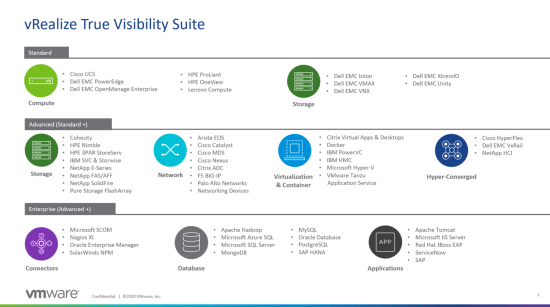
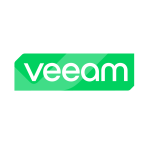

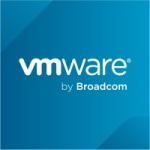
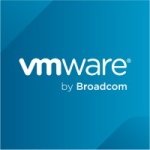





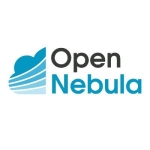
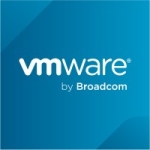

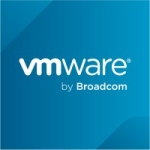


Good job brother, your review met almost the quality management cycle. Congrats